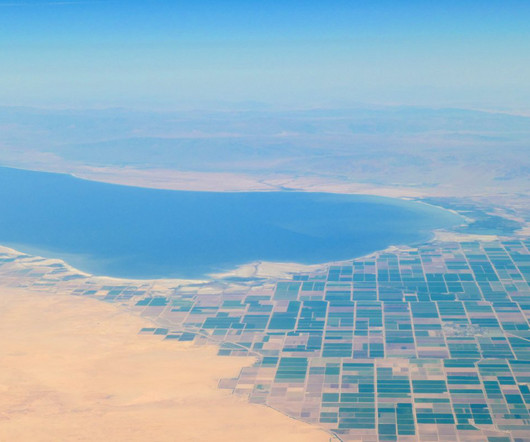Promising Conservation Results in the 2022 Agricultural Census
National Sustainable Agriculture Coalition
SEPTEMBER 13, 2024
For example, the Census shows increasing use of key practices like conservation tillage and cover crops and durable protection of acres in conservation easements. million acres with cover crops (a 17% increase) in 2022 than in 2017 and a 50% increase in acres with cover crops from 2012. Since the 1997 high of 66.4












Let's personalize your content